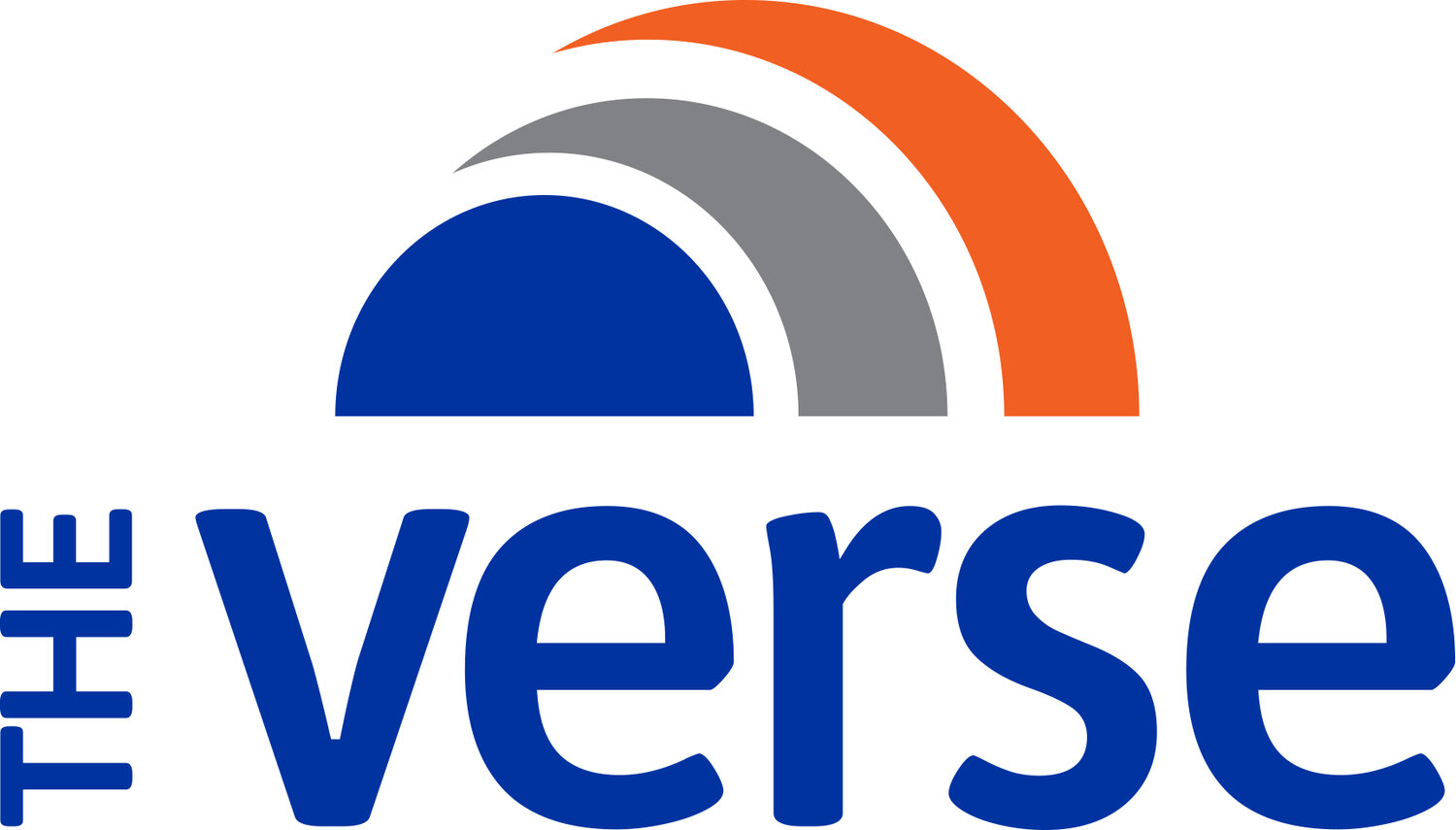How to Build Resiliency and Find New Beginnings
What would you say to your older self?
Write it all down—the lessons learned. Tell some stories, describe the setting and name who was there. Let your children and grandchildren learn from you, that struggle happens not to you—but for you. And let them know that happiness isn’t something that just appears, it’s not the luck of the draw; it’s a daily recommitment.
What makes you feel like a real grown-up?
Topping my morning yogurt with blueberries from my garden. And emptying the kitty litter.
Best gift you gave or received?
In college, I attended a 14-day adventure with eleven other people on a 30’ sailboat. We ate, sailed and slept together on that open boat—only to encounter more mosquitoes, more wind and blazing sun, more waves than could be believed (as you attempt to pee in a swaying pickle bucket). It was the most difficult and delightful trip of my life—and also the first time I realized we, as people, can do hard things.
Resilience: A Story in Four Seasons Author Ellen Watson on New Beginnings
I grew up in Portland, Maine, where my mother was an English teacher. She also was (and still is) a writer. I remember her periodically working on a manuscript, typing away at the desk in her bedroom. She ended up having two novels published, and I consider myself lucky to have served as her teenage editor. I think that's what got me hooked on writing: seeing the growing stack of papers on her desk, combing through them, searching for typos. And I was an avid reader—flashlight under the covers, regularly reading late into the night. I fell in love with language and the idea that you could construct an entire world simply by putting your words on paper.
I grew up as a child of divorce, and the one thing I wanted to experience the most was a cohesive family unit. So when I married and had children of my own, I thought, I did it, I achieved the dream. I would raise my children in a harmonious household, and all would be right with the world. Years later, I faced a divorce of my own, and felt a crumbling of emotional walls I’d not ever experienced before. The death of that dream, and the loss of time with my children, felt unbearable. And yet when faced with adversity, there’s no other viable choice but to sit with it, to let it be. To learn from it, to grow upward and outward. There’s a remarkable amount of grace to be had in honoring the parts of you that have suffered, and to use those teachings as a blueprint to move forward.
The Take Two Journal was born when the three of us—my co-authors and I, who all live in the same small town in Maine—happened to be getting divorced at the same time. It began with my friend, Kate, who is a natural with research and a perpetual student of personal development. As we were passing recommendations back and forth of podcasts, meditations, books to read—all in the name of moving forward after a difficult time—she wondered if we could compile the ideas into a book, a tool that might be self-healing. I jumped on board as the writer and then we enlisted our friend Kari, who is an incredible photographer and—poof!—the journal took flight. We reached out to Chronicle Books and heard from them the next day—they wanted to publish it, and we were beyond ecstatic. We did a fair amount of crying together, but have shared in far more laughter.
The latest brain science says that something called “neuroplasticity” can help us train our brains to become more resilient. This means we can actually rewire our brains with positive neural pathways that help us move through past challenges with more inner strength and contentment. To do so, we created a guided journal, using the four seasons as a metaphor for the cycle someone might experience as they heal from grief and/or loss. The journal begins in the proverbial autumn with writing prompts asking you to tell your story, the reason you have sat down to do the work. The second section is winter, where you’ll find space for inward reflection and sitting with hard feelings—and finding self-compassion through the process. Then, in spring, you begin the work of shifting your mindset and the self—limiting beliefs that may have contributed to your story. Finally, the last section is summer, where you map out some ideas to create more community, to unfold in a more outward way—and to do so with kindness for others.
The tools we use around journaling, mindfulness, self-compassion, gratitude and mindset are all building blocks for resilience. Expressing our feelings on paper can lower blood pressure, being more present in our body and with our feelings can promote better sleep, and feeling grateful highlights positivity which can help create new neural pathways in the brain. Journaling and doing this work helps us veer away from negative thought patterns (and a negativity bias, which so many of us possess) toward a more unflappable foundation.
I hope ultimately it helps people to practice more compassion—for others, of course, but also for themselves. So often, we give generously but don’t extend that same benevolence or empathy to ourselves—and the voice of the inner critic can get very loud, and hold us back in every area of our life. Showing kindness to ourselves is also an incredible model for our younger generations, because these lessons become so imprinted at an early age.

